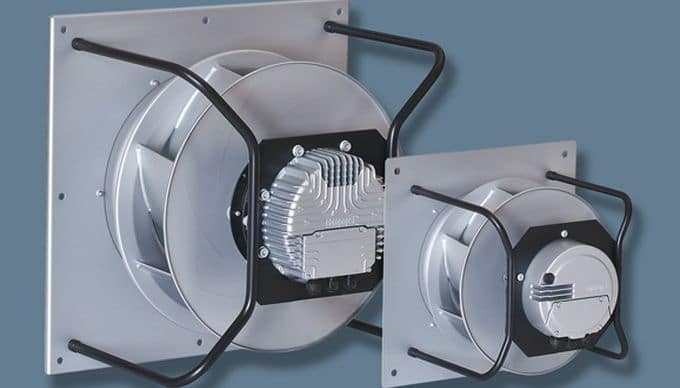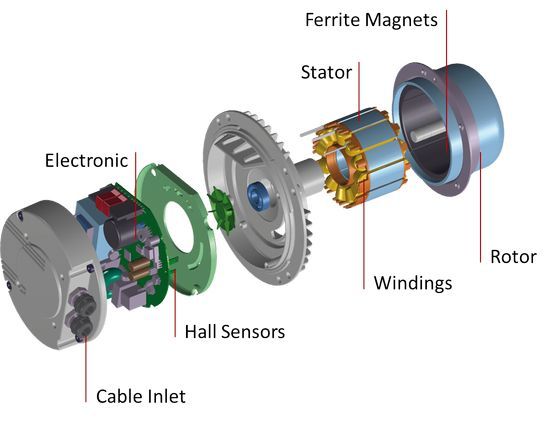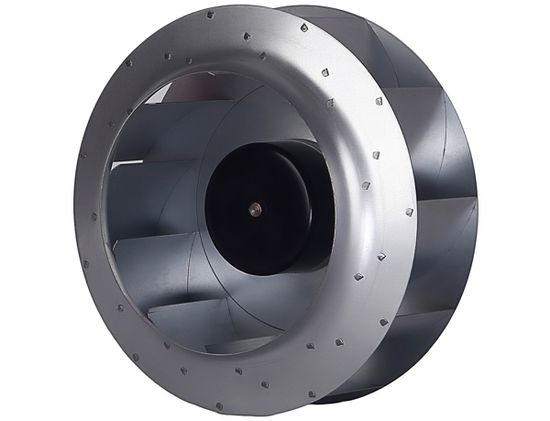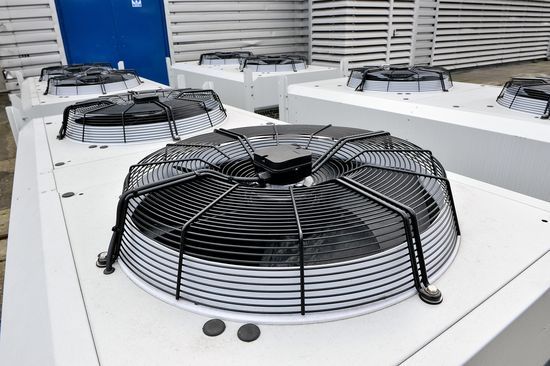These models are the fans with a brushless DC motor. Today, energy efficiency is one of the main trends. In 2005, European countries approved the EcoDesign directive, which involves reducing energy consumption in Europe by 34 terawatt hours per year.
Fans and air-conditioning belong to the leading group of equipment by electricity consumption. Therefore the European Parliament adopted in 2010 the strict requirements on mandatory reductions of electricity consumption by fans. Accordingly, today all the European companies take into account the new energy efficiency standards when creating their products.
EC (electronically commutated) motors are one of the most promising directions when creating new models of devices. Today, the EC-motors are widely used in the production of refrigeration and ventilation equipment, air conditioners and heat pumps. According to preliminary calculations, the further development of EC-technology will reduce the energy consumption in Europe by more than 30 %.
Operation principle
EC-technology is based on the smart control and uses an integrated electronic control system for optimum engine load during operation. EC-models are the electronically commutated motors with permanent magnets. In fact, it’s brushless DC motor with external rotor and built-in control function. The figure illustrates the general functional diagram of this engine.
Built-in electronic control system changes the rotor speed in accordance with the required air flow. Therefore, EC-fans consume substantially less power compared to traditional models for the same airflow. Energy efficiency in EC-engines is also much higher compared to induction motors. Electronic contactless switching provides optimum and efficient operation at any speed. Traditional engines use for this purpose the transformer or electronic adjustment of engine speed. EC integrated controller operates remotely with the help of dispatching system. The control commands are formed on the based on signals from external devices, for example, temperature sensors, pressure, humidity, etc.
EC motors can be directly connected to AC power.
EC fan is practically not heated. Therefore, the need in additional cooling is absent. Its maintenance cost is also lower compared to conventional counterparts.
A complete automatic control, no engine overheating and phase shift significantly prolongs the service life of EC fans.
The design provides the engine location inside the impeller.
Therefore, the probability of the motor mechanical damage is minimal. Additionally, this design provides a very good balance of the system, its compact size and a minimum noise level.
Absence of a V-belt transmission, pulleys, tensioning mechanisms and other elements of traditional fans significantly reduces the operating costs.
EC motors more resistant to fluctuations of supply voltage. For example, traditional induction motors begin to overheat with increasing voltage. EC motors are stable at voltages up to 480V.
Today these models are widely used to cool the complex modern equipment.
Conclusion
Of course, EC fans significantly more expensive compared to conventional engines, but have a relatively short payback period.
Pros:
– up to 70% potential energy saving;
– continuous, integrated variable speed control depending on the load;
– direct drive motors;
– 50% more efficient compared to previous generation fans;
– reduction in noise levels.
Of course, all these facts should be considered when choosing a fan.
This video shows the retrofit of a ventilation system using ebm-papst EC fans.



